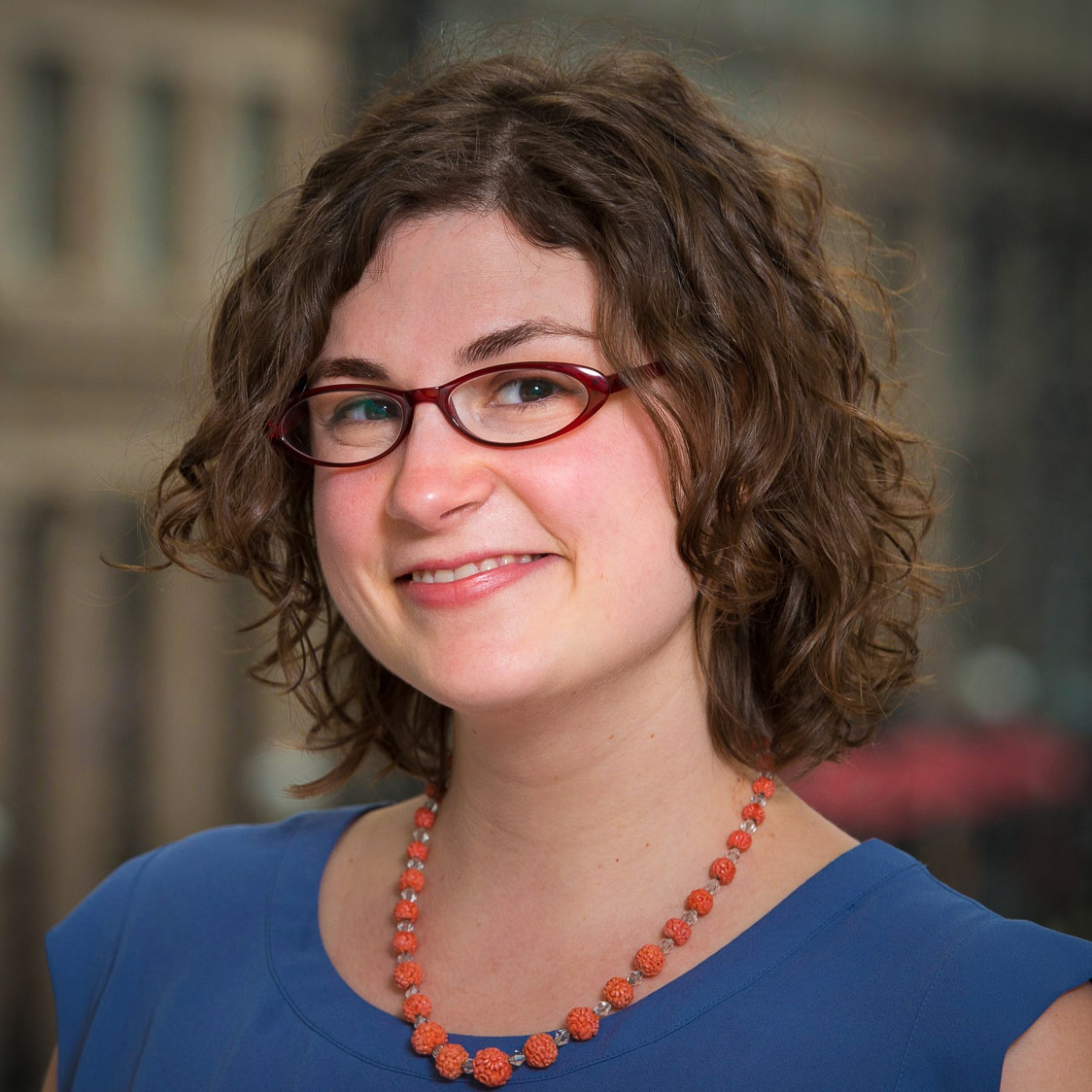Voice and choice in how and what they learn is just as important for the educators Liz Mackowick works with as it is for their students.
“If our students are loving learning, how can we make sure we’re loving teaching and professionally growing ourselves? We need to find that balance,” said Mackowick, the Title I reading coordinator for West Fargo Public Schools in North Dakota. She works with teachers throughout the district’s 14 elementary schools. Mackowick and her partner, Kaye Fischer, curriculum coordinator, meet regularly with a core curriculum committee that’s comprised of teachers from various grade levels and content areas supporting work around English Language Arts and Social Studies. These conversations provide necessary insight at the district level for what supports and resources teachers need in the classroom – and how that professional development can be delivered in a personalized way.
“There’s certain things we want to get done at committee meetings, and we need teachers’ voice and choice in there. We’re open to different ways that it could go,” said Mackowick, citing recent support offered to teachers providing direct instruction around research strategies. “We used to be pretty basic about it, just telling them what the research strategy was and giving very specific things they could do. Now we have teacher teams sharing out ways they’ve started to personalize teaching research strategies in their classrooms and making that a part of the module overviews that go out to all teachers.”
Mackowick noted that flexibility is key for everyone involved – that being open to student voice and choice sometimes means being surprised.
“Students are really begging to do this work,” said Mackowick, sharing how one teacher’s student took their research into making a comic, another into making a short film. “It wasn’t planned for, but it came about organically and it started spreading throughout the classroom – this idea that students could think of a creative way to express their ideas and practice these skills. The learning was fun for them, which is what we always hope for.”
For Mackowick and Fischer, the focus is on transferrable strategies and skills, rather than content. That requires some rethinking for students and teachers not only in how they deliver professional development, but in how lessons are planned and executed. Direct instruction is still a part of their teacher’s classrooms to build some of those foundational reading, writing and math skills, but there’s plenty of room for everyone to get creative.
“It’s about taking something that we know kids need to do, like research, and build in their interests and buy-in,” Mackowick said. “How can tap into what teachers and classrooms are interested in? We want final products that speak to them, to think about who they want to share their work with and how.”
For Erin Morrison, a third grade teacher in Marysville, Ohio, the move to personalized learning has been positive. She feels empowered to better serve her students.


